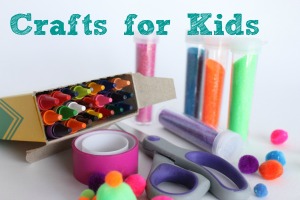 Every parent in the world wants his or her child to be happy and safe. Most of the children do live a happy and well-loved lives but the world we live in may sometimes get scary and unsafe for them. The concern of parents even rises after watching on the news the type of crime and security issues related with children that are happening around the world. Reports like accidents, molestations, kidnapping etc. are quite common these days. This has made the safety and security of the kids, the top priority for the parents. However there are certain ways through which parents can teach their children about their safety, make them aware and reduce the risk of them becoming vulnerable to such incidents. Here are some of them that will help you out to deal with this issue.
Every parent in the world wants his or her child to be happy and safe. Most of the children do live a happy and well-loved lives but the world we live in may sometimes get scary and unsafe for them. The concern of parents even rises after watching on the news the type of crime and security issues related with children that are happening around the world. Reports like accidents, molestations, kidnapping etc. are quite common these days. This has made the safety and security of the kids, the top priority for the parents. However there are certain ways through which parents can teach their children about their safety, make them aware and reduce the risk of them becoming vulnerable to such incidents. Here are some of them that will help you out to deal with this issue.
1. Safety is more important as an aspect to be focused on rather than the danger itself. As a parent one needs to be comfortable enough to talk to the child about how to deal with unknown people and situations. A child should also feel comfortable enough to open up to the parents about any mishappenings. Parents should make sure that the child is informed about the safety measures as per the suitability of their age. Kids should know what to do when they are alone at home or when someone does any inappropriate things to them.
2. Give up the fact that only strangers can harm your children. In fact in most of the cases, the real culprit is someone known who may be a relative, caretaker or guardian of the child. As a parent it is your responsibility to make your child recognize the danger arising from people who are close to him. He should be able to realize it, whenever any inappropriate action is done against the by people close to him. Thus, they need to know that they should be able to look out for their safety in all contexts and not just the strangers.
3. Kids are rule followers and they follow their parents, guardian since the very start of their lives. Use this attribute of the child to teach them some basic safety rules but should also promote reasoning and critical thinking on their part. You do not have to simply make them follow rules, but make them realize the importance and logic behind them.

















































































